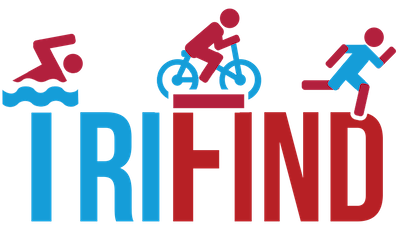The Foundation of All Body Movements
Do you want to take your training and racing to a whole new level? For most of us, the answer is a quick Yes, followed by, Whats it going to cost me? Well, my friend today is your lucky day. There is no monetary cost involved here. In fact, the only cost is about 20-30 minutes a week and it can easily be tacked onto the beginning or end of a training session.
When professional triathletes are asked, What is their secret to speed? many will tell you it is a strong core that ultimately allows them to perform at a very high level. Of course there are other factors and skills that many of us do not have, but ultimately it is a strong core that allows one to maintain proper form throughout the three disciplines and operate in our most efficient state.
If you were to ask someone to point to their core, most people would point to their six pack (or where their six pack should be) and call it a day. This is a common misconception and while it is partially correct, your abs are only part of your core. Below are the 5 or so parts that make up your core along with a little illustration.

Transverse Abdominis (TVA): The deepest of the abdominal muscles, this lies under the obliques (muscles of your waist). It acts like a weight belt, wrapping around your spine for protection and stability.
External Obliques: These muscles are on the side and front of the abdomen, around your waist.
Internal Obliques: These muscles lie under the external obliques, running in the opposite direction.
Rectus Abdominis: The Rectus Abdominis is a long muscle that extends along the front of the abdomen. This is the 'six-pack' part of the abs that becomes visible with reduced body fat.
Erector Spinae: The erector spinae is actually a collection of three muscles along your neck to your lower back.
Generally speaking, your core is the foundation of all body movements required in triathlon. It serves to provide stability, support, and a solid base for the rest of the body to function maximally. In addition, a strong core promotes optimal body alignment, which helps reduce fatigue. This is clearly essential especially when racing in Half and Full Iron distances.
It is important to note that specific core exercises should only be done 2-3 times a week for about 10-15 minutes each time. And remember quality is always better then quantity. There are a ton of great core exercises out there, but the two that I feel you get the biggest bang for your buck would be the plank and side plank.
We put together a video with 10 effective Core & Ab exercises designed with the triathlete and endurance athlete in mind. Click HERE to view. Enjoy!
Written By: Coach Chris
Owner, Ridgewood Tri Athlete LLC
USAT Certified Coach
USA Cycling Coach
www.RidgewoodTriAthlete.com


